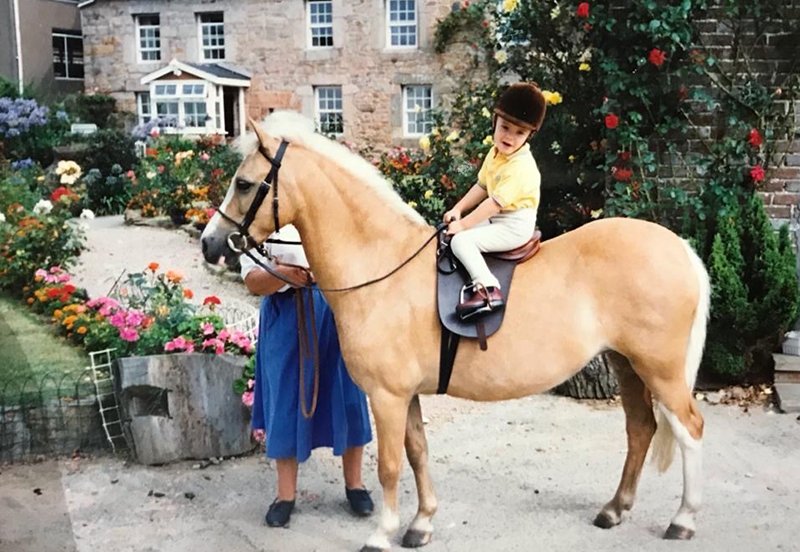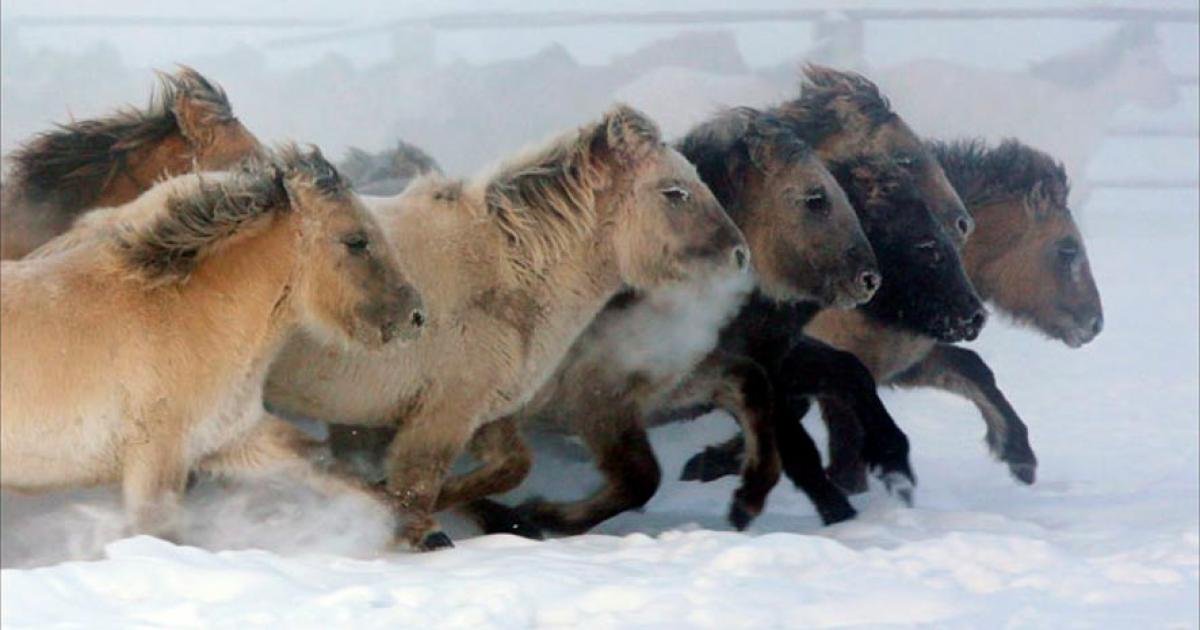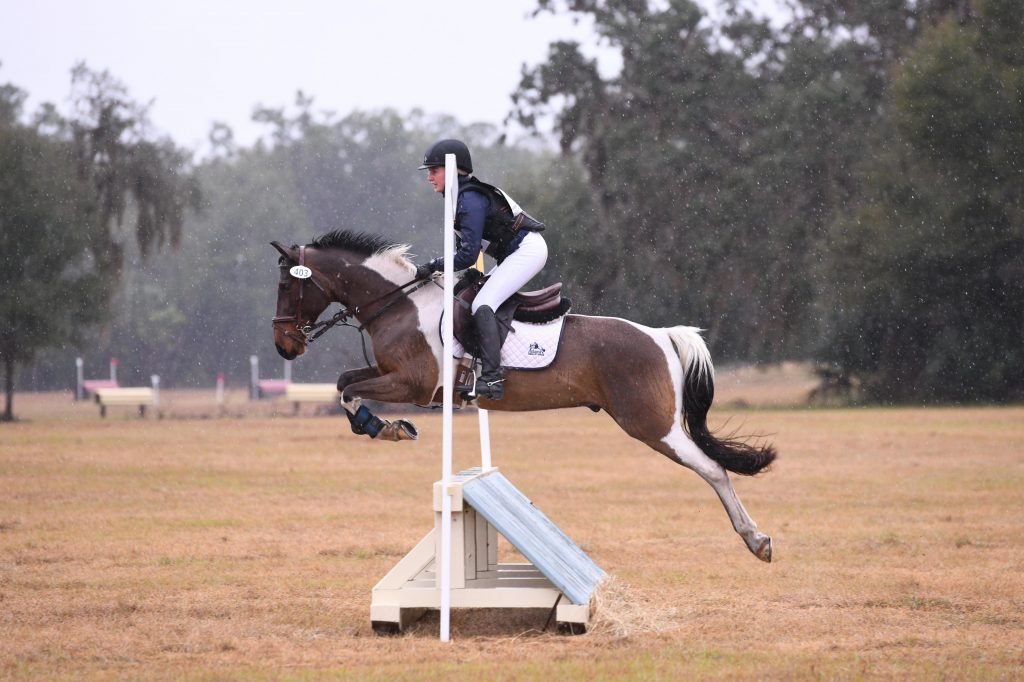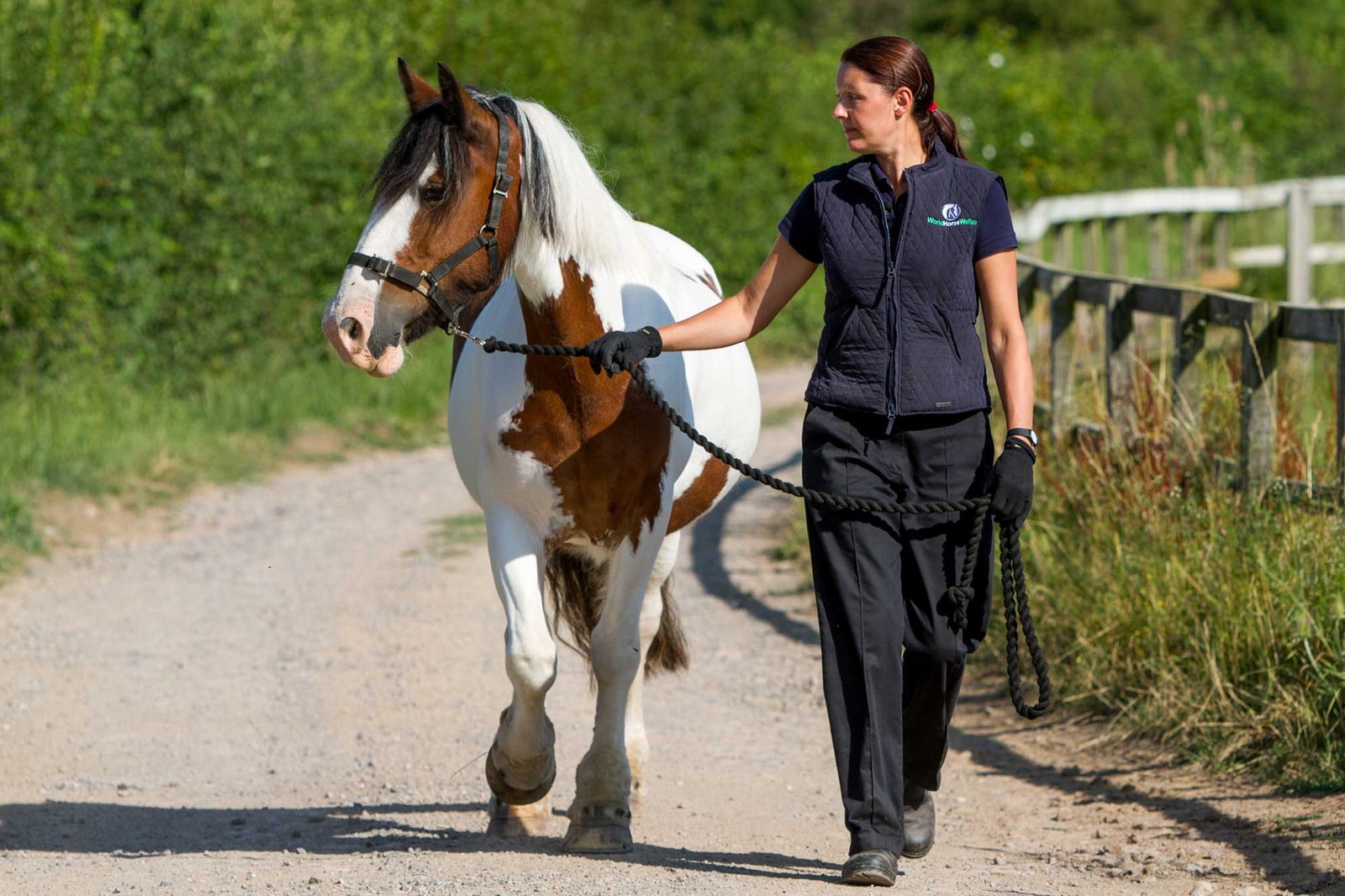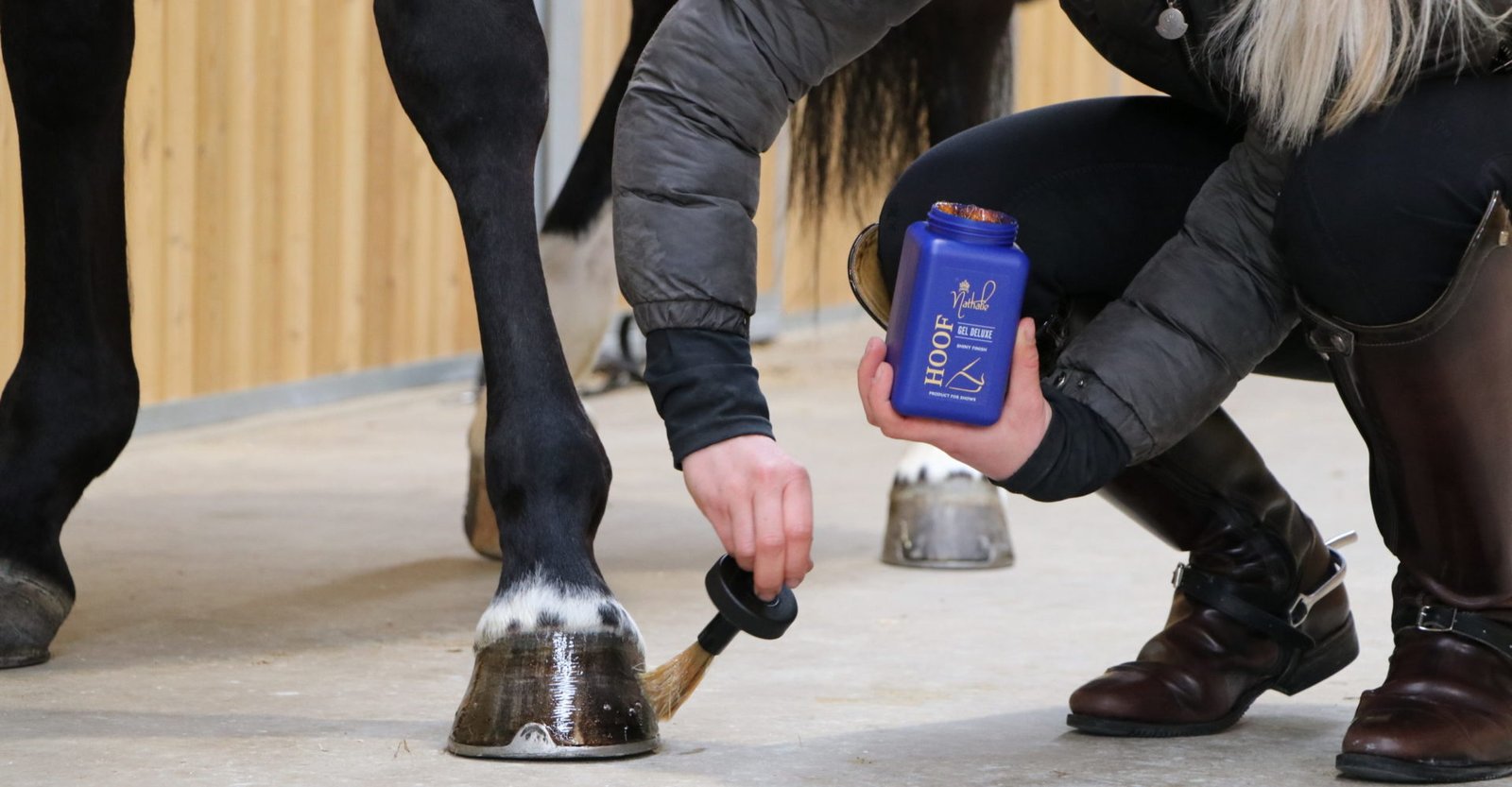Starting your journey into the world of ponies can be both exciting and overwhelming, especially if you are new to the equine world. Whether you’re buying your first pony for your child or for yourself as a beginner, it’s crucial to understand the various factors that go into choosing a pony that will be the best fit for your needs and abilities. In this comprehensive guide, we’ll walk you through everything you need to know about selecting, caring for, and training a pony for beginners.
1. Choosing the Right Pony Breed
One of the first and most important decisions when buying a pony is choosing the right breed. Not all ponies are suited for beginners, so selecting a breed with a good reputation for being gentle, easy to train, and patient with riders is crucial. Here are some popular pony breeds that are ideal for beginners:
- Welsh Pony: Known for their gentle and friendly nature, Welsh Ponies are versatile and can be ridden by children and adults alike. They are ideal for beginner riders due to their calm temperament and willingness to learn.
- Shetland Pony: Though small in size, Shetland Ponies are sturdy and generally well-suited for young children. Their patient and docile nature makes them an excellent first pony, although they may need more experienced handlers if they become stubborn.
- Connemara Pony: Connemaras are intelligent, gentle, and hardworking. They are one of the best pony breeds for beginners who are looking to advance into jumping or other equestrian disciplines as their skills progress.
- Haflinger Pony: Known for their gentle temperament and strong build, Haflingers are calm and easy to train, making them an excellent choice for beginners of all ages.
When selecting a breed, make sure to consider the pony’s size, temperament, and suitability for the specific riding activities you intend to pursue.
2. Assessing Temperament and Personality
The temperament of the pony plays a significant role in how well they interact with beginners. Ponies that are gentle, calm, and patient will be more forgiving of mistakes, making the learning process easier and more enjoyable.
Look for ponies that exhibit these key traits:
- Calm: Ponies that remain calm in various environments are easier for beginners to handle. Avoid ponies that are too excitable or prone to anxiety.
- Friendly and Social: Ponies that enjoy being around people are more likely to trust their riders and respond well to training.
- Willingness to Learn: A pony that enjoys learning new skills will be more patient during training sessions and less likely to become frustrated.
If possible, spend time with the pony before committing to ensure that its temperament aligns with your expectations. Visit with the pony and observe how it reacts to different environments, people, and handling.
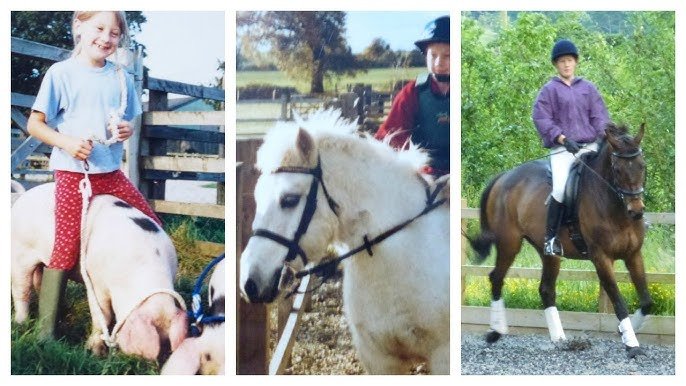
3. Size and Age of the Pony
Choosing a pony of the right size is essential for both the rider’s comfort and safety. Generally, ponies stand between 12 and 14.2 hands (48 to 58 inches). The appropriate size will depend on the rider’s height, weight, and skill level.
- For Children: If the pony is for a child, ensure it’s the right size to allow them to easily mount, dismount, and control the pony. Smaller ponies (12 to 13 hands) are ideal for children under the age of 12, depending on their size.
- For Adults: Adult beginner riders may prefer slightly larger ponies (13 to 14 hands), as they will provide more stability and comfort. Larger ponies may also offer more strength and stamina, especially for longer rides or more advanced activities.
The pony’s age also matters. A young pony may have more energy but may require more training. Older ponies, while generally more settled, may not have the same stamina or be as responsive. A pony between the ages of 5 to 10 years old is often a great choice for beginners, as it will have some training experience but still be young enough to learn new skills.
4. The Pony’s Health and Care Requirements
Ponies, like all animals, require regular care and attention. It’s essential to make sure that the pony you choose has no underlying health issues, such as lameness, digestive problems, or breathing difficulties, which could affect its ability to be ridden.
When assessing a pony’s health, make sure to:
- Request a health record: Ask for documentation on vaccinations, deworming, and veterinary check-ups. A healthy pony should be up-to-date on all its medical treatments and free from serious conditions.
- Check its hooves and coat: The pony should have healthy hooves and a shiny, clean coat. Hoof care is especially important for ponies, so make sure the hooves are regularly trimmed and maintained.
- Confirm its diet: Ponies typically require a diet of hay, grass, and sometimes supplemental feed, depending on their age and activity level. Make sure that the pony’s previous owners have been following a proper feeding regimen.
If you’re not experienced with pony care, consider enlisting the help of a veterinarian or a knowledgeable friend who can guide you through the process.
5. Training and Experience Level
For beginners, it’s crucial to select a pony with some training experience. Ponies that are used to being ridden and have learned basic commands will be easier to handle and train. Ponies that have been through a riding school or have experience in pony rides are usually well-suited for beginners.
Ask the current owner or trainer about the pony’s level of training, including:
- Ground manners: Is the pony used to being handled and groomed?
- Basic riding skills: Can the pony respond to basic riding commands such as stop, go, and turn?
- Stability: How does the pony behave during different activities, such as riding in a group, on trails, or during shows?
The right pony for a beginner should be steady under saddle and respond calmly to cues. If you’re new to riding, it’s a good idea to ask for a trial period before fully committing, to ensure the pony is a good match for your skill level.
6. Budget and Ongoing Expenses
The cost of purchasing a pony can vary significantly based on factors such as breed, age, and training level. In addition to the initial purchase price, you should also factor in the ongoing expenses, including:
- Feed and supplies: Hay, feed, grooming tools, and tack will all contribute to the cost of keeping a pony.
- Veterinary care: Regular check-ups, vaccinations, and emergency care can add up.
- Training and lessons: If you’re new to riding, you’ll likely need lessons for both you and your pony.
Be sure to evaluate your financial situation and budget carefully to ensure that you can provide the necessary care and training for your pony.
Conclusion
Choosing the right pony for a beginner involves considering factors like temperament, size, training level, and health. With the right match, you can look forward to a fun and fulfilling experience as you learn to ride and care for your pony. Whether you’re buying a pony for your child or yourself, make sure to do thorough research and take your time to find the best companion for your family. A well-chosen pony will not only help you improve your equestrian skills but also become a cherished member of your family for years to come.







